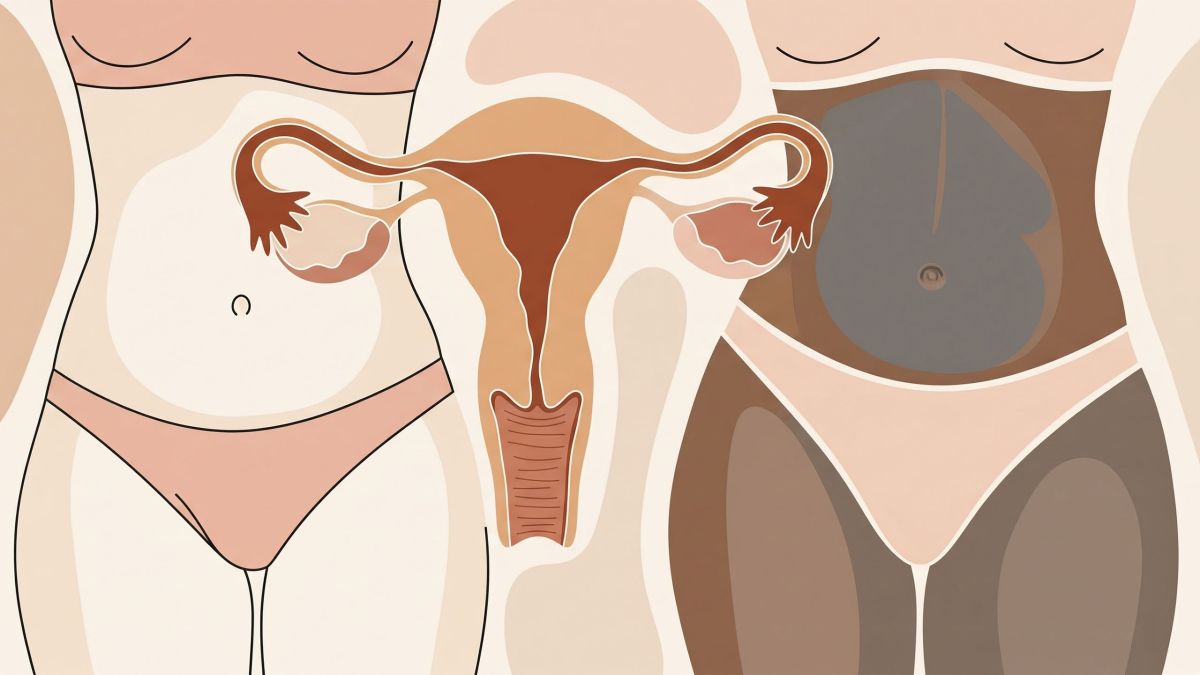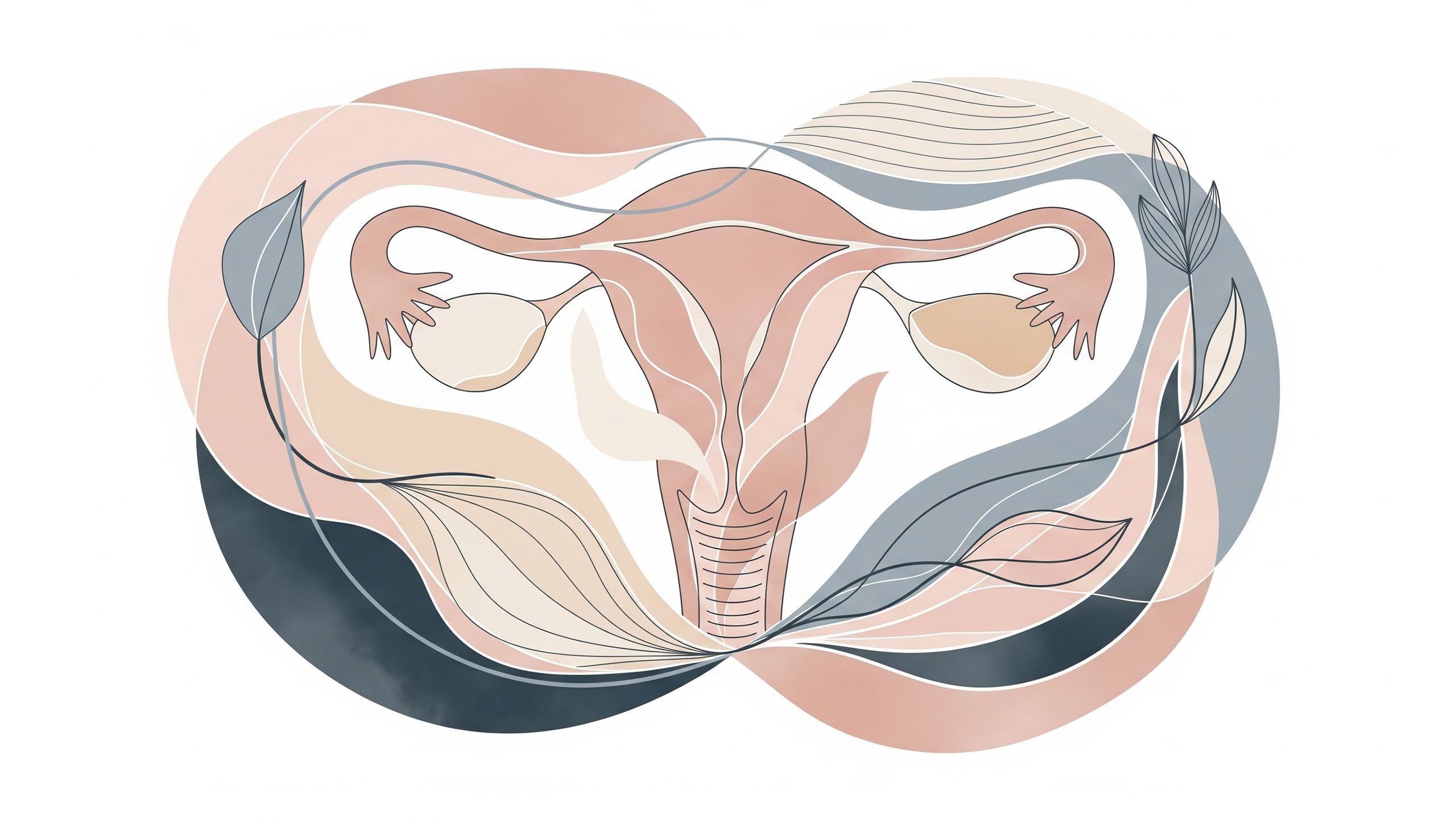10 Vulva & Vagina Myths You Still Might Believe

Despite widespread access to information, many persistent myths about the vulva and vagina continue to circulate. These misconceptions can lead to unnecessary worry, impact personal well-being, and even hinder understanding of one's own body. Separating fact from fiction is crucial for a clearer understanding of female anatomy and health.
Myth 1: The Vagina Needs Special Cleansing Products
Many products are marketed for "feminine hygiene," claiming to clean or freshen the vagina. In reality, the vagina is a self-cleaning organ. It maintains a delicate balance of bacteria and a specific pH level. Using scented washes, douches, or other harsh products can disrupt this natural balance, potentially leading to irritation, infections, and discomfort. Water and mild, unscented soap for the external vulva are typically all that's needed for hygiene.
Myth 2: Tampons Can Get Lost Inside the Body
A common concern, particularly for those new to using tampons, is that a tampon might disappear within the body. This is anatomically impossible. The vaginal canal is a closed space, ending at the cervix. While the cervix has a small opening to allow for menstruation and sperm, it's far too small for a tampon to pass through. The tampon string is designed to remain outside the body for easy removal.
Myth 3: Vaginal Discharge Is Always a Sign of a Problem
Vaginal discharge is a normal and healthy bodily function. Its consistency, color, and amount can vary throughout the menstrual cycle due to hormonal fluctuations. Clear or milky white discharge is typically normal. Changes in discharge, such as a strong odor, unusual color (like green or yellow), or a cottage cheese-like texture, could indicate an infection and warrant medical attention. However, simply having discharge is not a sign of an issue.
Myth 4: The Hymen Is a Reliable Indicator of Virginity
The concept of the hymen as a "seal" that breaks upon first intercourse is a pervasive and inaccurate myth. The hymen is a thin, elastic tissue that partly covers the opening or entrance to the vagina. Its appearance varies greatly from person to person, and it can be stretched or torn by activities other than sexual intercourse, such as exercise, using tampons, or even medical examinations. Some individuals are born with very little hymenal tissue, and it's not always "broken" during first intercourse. Therefore, the presence or absence of a hymen, or its condition, is not a reliable indicator of whether someone has had sexual intercourse.
Myth 5: Vaginas Become "Loose" After Sex or Childbirth
This myth suggests that the vagina loses its elasticity permanently after sexual activity or childbirth. While the vagina can stretch significantly during childbirth to allow a baby to pass through, it is a highly elastic organ and generally returns to its previous state over time due to the strength of its muscular walls. Regular muscle tone and pelvic floor exercises can contribute to this process. Frequent sexual activity does not cause permanent "loosening."
Myth 6: All Vulvas and Vaginas Look the Same
Just like faces, all vulvas and vaginas have unique appearances. There is a wide range of normal variations in the size, shape, and color of the labia, clitoris, and vaginal opening. Comparing one's own anatomy to idealized or narrow representations can lead to unnecessary self-consciousness. Understanding that natural variation is the norm can help counter these anxieties.
Myth 7: Douching Is Necessary for Cleanliness or to Prevent STIs/Pregnancy
As mentioned earlier, douching is generally unnecessary and can be harmful. Beyond disrupting the natural vaginal flora, douching does not effectively prevent sexually transmitted infections (STIs) or pregnancy. In fact, it can sometimes push bacteria further into the reproductive system, potentially increasing the risk of infections. Safe sex practices like using condoms are the only way to prevent STIs, and reliable birth control methods are necessary for pregnancy prevention.
Myth 8: The Clitoris Is Located Inside the Vagina
The clitoris is an external organ, though its internal structure extends within the body. The most sensitive part, the clitoral glans, is visible at the top of the vulva, where the inner labia meet. It plays a central role in pleasure. While there are nerve endings throughout the vulva and vagina, the clitoris is distinct from the vaginal canal itself.
Myth 9: Menstruation Is "Dirty" or Unclean
Menstruation is a natural physiological process where the uterine lining is shed if pregnancy doesn't occur. It is a normal and healthy part of the reproductive cycle for many individuals. There is nothing inherently "dirty" or unclean about menstrual blood. This myth often stems from historical and cultural taboos rather than scientific fact.
Myth 10: Vaginal Odor Always Means There's a Problem
It's normal for the vulva and vagina to have a natural scent, which can vary throughout the day and with the menstrual cycle. This scent is usually mild and unique to each individual. A strong, fishy, foul, or significantly different odor, especially when accompanied by other symptoms like itching, burning, or unusual discharge, could indicate an infection and warrants a medical consultation. However, simply having an odor is not necessarily a sign of a problem.
Understanding the realities of vulva and vagina anatomy and health helps dismiss these common myths. Accurate information contributes to a more informed perspective and better personal well-being.
Do any of these myths surprise you, or are there other common misconceptions you've encountered?
Disclaimer: The articles and information provided by the Vagina Institute are for informational and educational purposes only. This content is not intended to be a substitute for professional medical advice, diagnosis, or treatment. Always seek the advice of your physician or another qualified health provider with any questions you may have regarding a medical condition.


 English
English  Deutsch
Deutsch  Español
Español  Français
Français 




